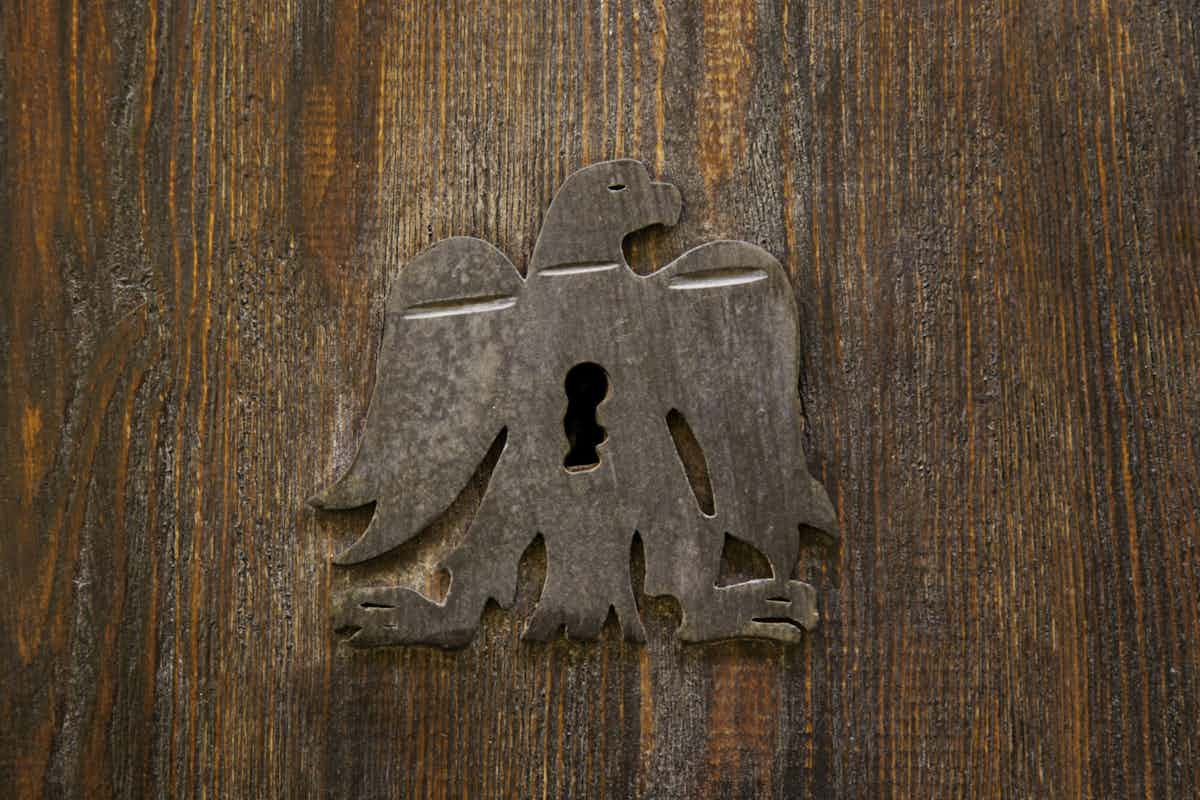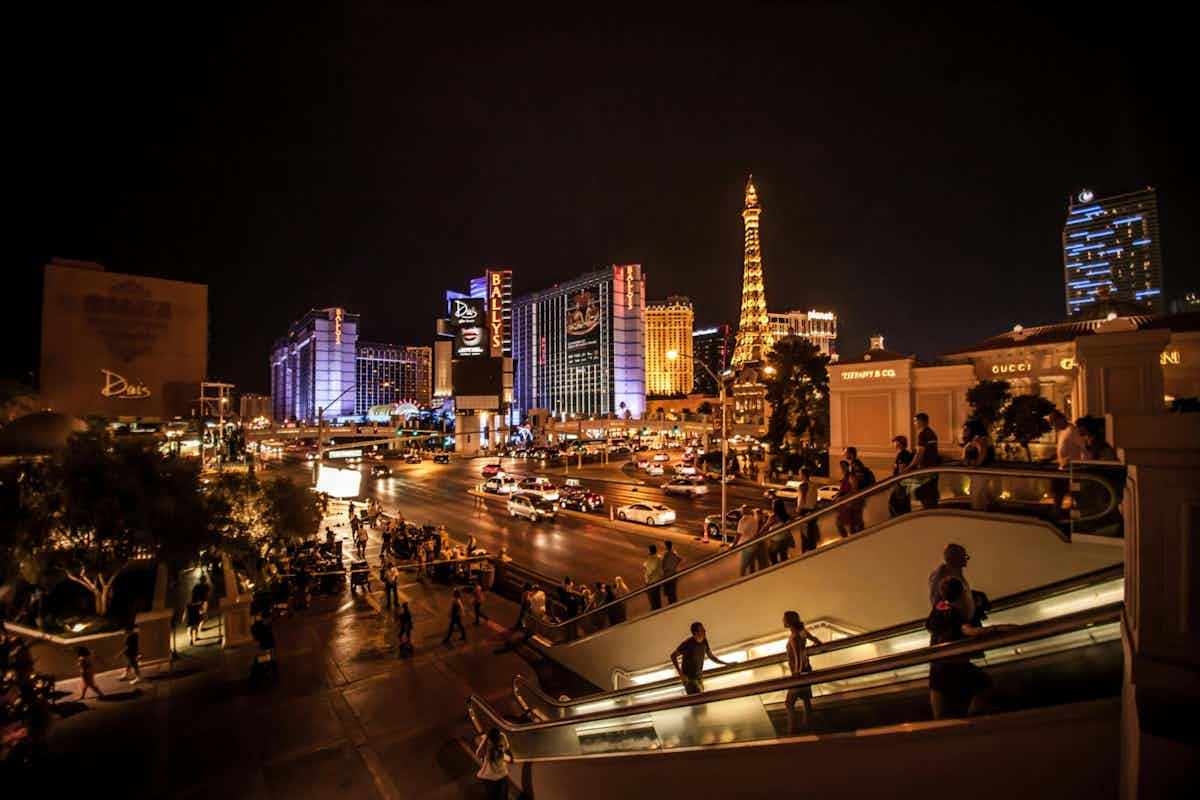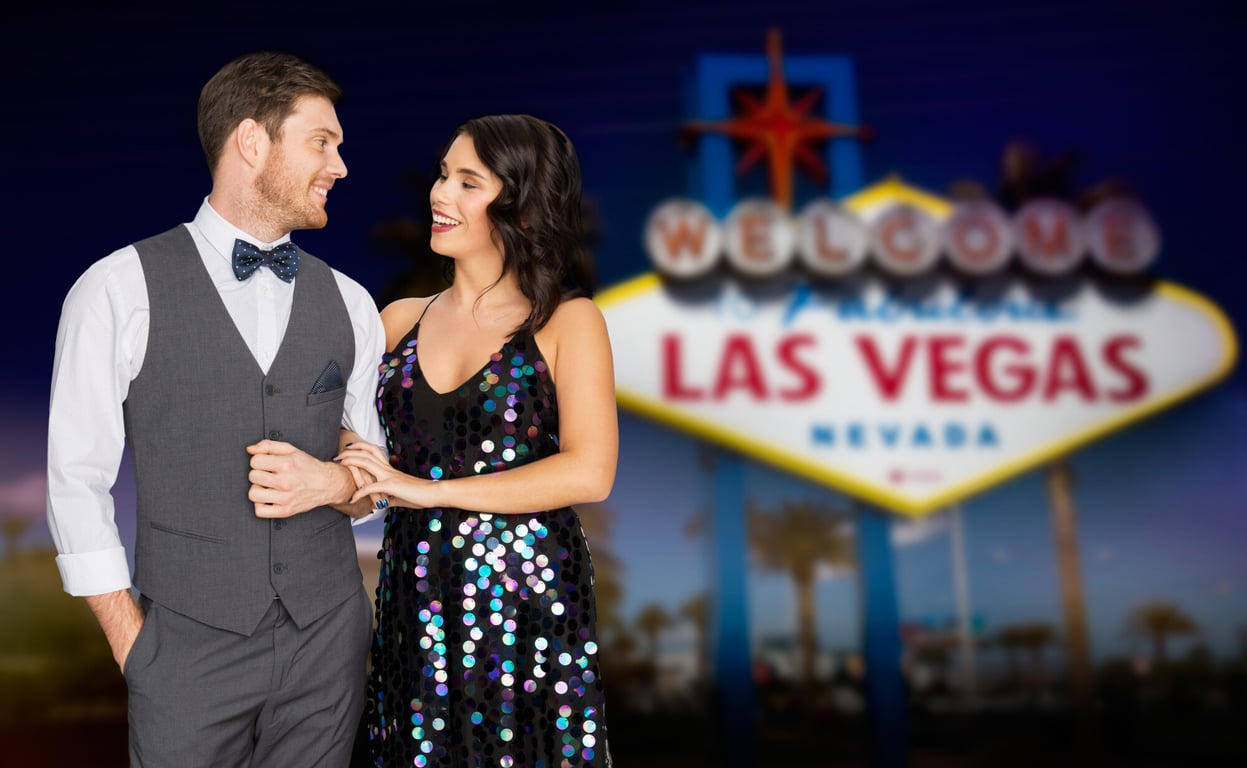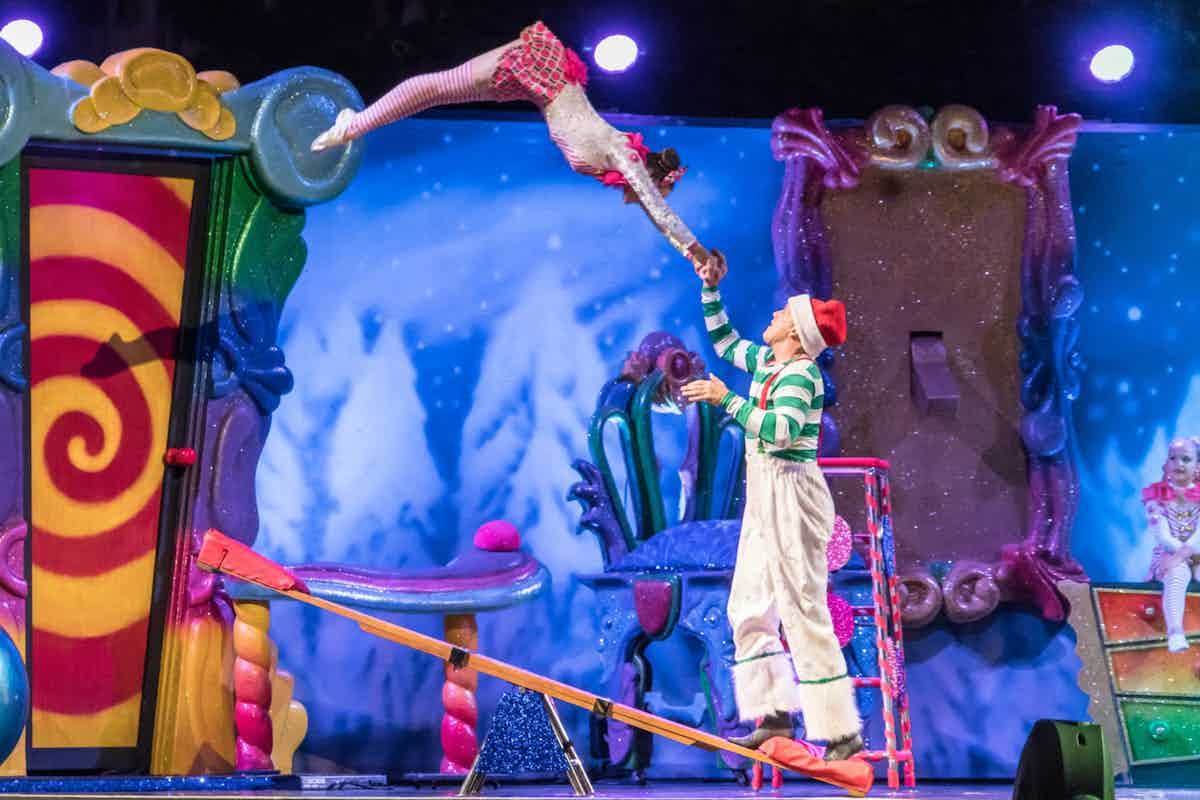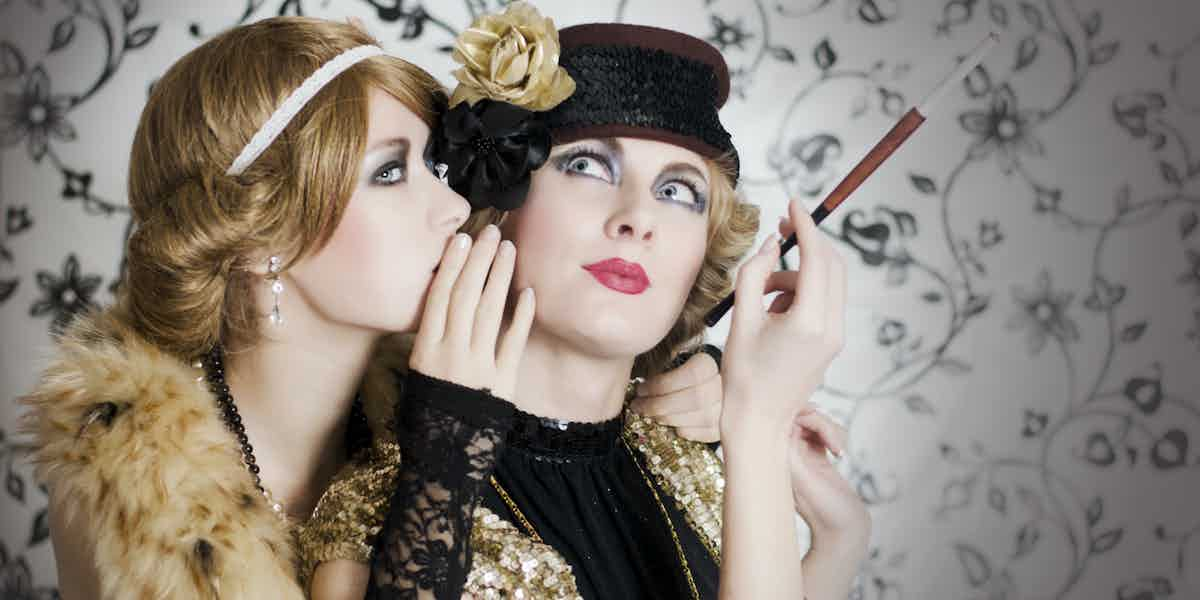
Speakeasy History: A Look Into the Past
The 1920s were a strange time, with social norms being challenged and laws being flouted in almost every major city. At one point, over 30,000 speakeasies were operating in New York alone.
Though very much a product of their time, speakeasies have gone down in history as an important aspect of American culture. Through them, many important questions of the day, some of which are still relevant, were explored in daring new ways.
How did all this happen, though? How did America’s speakeasy history create counterculture icons that still capture our imaginations nearly a century later? We’ll answer those questions and more in this article.
Temperance
The catalyst for the speakeasy movement was arguably the Volstead Act. Most of the key elements of Prohibition were in play well before the 1920s, but the lynchpin that brought it all together didn’t come into play until the beginning of Prohibition.
The previous century had seen the growth of a large temperance movement. The Temperance Movement was a largely religious movement that attempted to tackle society’s problems by limiting or forbidding alcohol consumption.
Though it’s often dismissed these days as Puritanical busybodies ruining everyone’s fun, the truth is that they had a good point. By the 1850s, Americans were drinking like fish with panic disorder. The average American, from as young as 15, drank the equivalent of seven gallons of alcohol per year.
The Drinking Epidemic
Pre-modern people, especially Europeans and Americans, were always somewhat heavy drinkers. For most of history, there wasn’t an effective way to treat water. The discovery that cholera was waterborne and that chlorine could kill it happened midway through the 19th century.
Alcohol didn’t have this problem, though. Alcohol is a toxic environment that kills bacteria and viruses in high concentrations. This is why we still use it as a cleaner. Dying from liver failure at fifty doesn’t seem as bad if the alternative is dying next week from Dysentery.
American Westward expansion is another cause of rampant alcoholism. The Louisiana Purchase of 1803 meant that Americans spent the first half of the 19th century establishing territories in the Great Lakes and Midwest regions. Farmers moving into these areas soon found that the most stable crop around was corn.
Corn, Congress, and the Path to Prohibition
While corn was easy to grow in these regions, it wasn’t a great crop profit-wise. It spoiled too easily to be shipped out of the country. The only real way to make a living off of corn back then was to distill it into whiskey.
With so many people moving West, the whiskey supply in the US skyrocketed, and soon whiskey was cheaper than any other kind of alcohol. The temperance movement continued to grow in response.
In 1918, the government agreed with the movement and passed the 18th Amendment, outlawing the public sale of alcohol. However, it wasn’t until the Volstead Act was passed a year later that these liquor laws could be effectively enforced.
The Birth of Speakeasies
People began breaking the liquor laws en masse almost as soon as they passed. However, finding a place to drink illegally proved a challenge. These places often required a password to get in.
Once inside, many owners had a rule that required patrons to ‘speak easy’ or be quiet, so the police didn’t overhear them and discover the place. Given its underground nature, speakeasies could be anyplace, from a room in someone’s apartment to an old bar that had supposedly closed when Prohibition hit.
Organized Crime
Since alcohol was in such high demand, it didn’t take long for career criminals to move into the market. These criminals, men like Al Capone, Dean O’Banion, and “Lucky” Luciano, aimed to make as large a profit as possible.
This brought many of the gang kingpins into competition with each other and ultimately led to new ways of getting money out of the speakeasy. The first trick they pulled was watering down drinks so they could sell more of them. They also began making cocktails to mask the taste of the cheap alcohol.
Crime and Culture
Thinning drinks and adding soda or fruit to them only earned them so much, so to draw in customers and keep them coming back, gangsters often turned their speakeasies into theaters or social clubs with impressive entertainment.
Jazz music thrived in the backrooms and speakeasies of the 1920s, and with it came a strange form of integration. African-American jazz musicians were being booked to play for audiences of both black and white patrons.
Speakeasies also attracted flappers, young women who defied the standards of their day by wearing their hair and dresses short and drinking alongside men. This was especially shocking because the emancipated women of the previous era were suffragettes who helped the Temperance Movement gain speed.
Love, Lust, Liquor
It wasn’t just race and gender that people saw differently, either. The established norms of sex and sexuality were questioned as well.
A new form of the stage show, adapted from formulas that had evolved in Europe, began to sweep the United States underground. Known as burlesque, these new shows combined comedy and social commentary with sensuality.
Another art form that came into its own in the 1920s was the drag show. As more and more walls were broken down, homosexuality and gay culture gained a greater public presence.
Into the Modern Day
Prohibition officially ended in 1933, and most speakeasies went with it. However, you can find a few even today. They include Schaller’s Pump in Chicago, King Eddy in Los Angeles, and a functional model speakeasy in the basement of Las Vegas’ Mob Museum.
While speakeasies are no longer illegal, they are still kept secret to maintain the thrill and exclusivity. Today, you’re likely to need a reservation as well as a password. Guests are also encouraged to dress up.
Speakeasy History: Prohibition and How It Affects Us Today
Speakeasy history has influenced much of the world we live in. We’ve discussed the long and storied history of speakeasies in this article, but there’s always more to learn.
If you’re in the Las Vegas area and want to visit a speakeasy, please visit our site. If you’re not convinced you should go to a speakeasy, we might be able to convince you.
